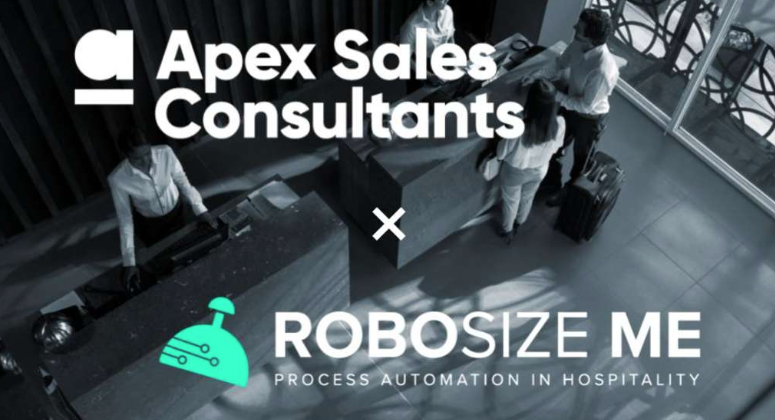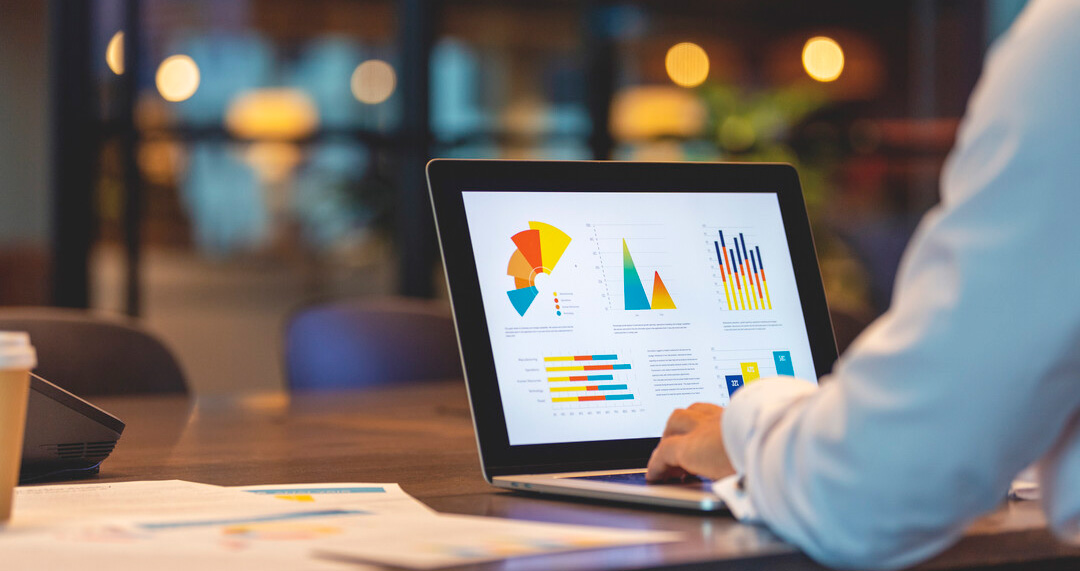

Maybe we are talking about one of the most controversial and curious topic for restaurants. On one hand, the restaurant’s owners to face the continuous rising in costs. On the other hand, customers, who seem not prepared for something that will be the future, but actually is already a reality today: dynamic pricing and dynamic menus.
We are referring to Revenue Management: a successful technique very well know and applied by industries, such as Hotels or Airlines, that is making its way through the restaurant’s world. It’s a very basic concept but with a clear objective: be more profitable.
Today, everyone understands and accepts to pay a different price for a flights’ seat or hotels’ room depending on the demand.
Its implementation for restaurants seems necessary, especially given the current market conditions that also the restaurant’s industry is facing: a constant drop of their margins which is impacting their profitability.
But if we think about pricing discrimination on restaurants, this is actually no new at all. Let’s think for example about Happy Hours; or pricing discounts during low demand days; or pricing discrimination by zone (Terrace vs Interior). All these strategies have been applied for years.
But as we were saying at the beginning, this process is already a reality today. Restaurants like Mercado de Ibiza, located in Madrid city center right next the famous Retiro Park, is already using technology like DynamEat. This technology allows them to be more profitable but also improve their restaurant’s operations without losing diners.
According to its manager they have generated more than a 5% profitability’s increase since the implementation of DynamEat.
But this profitability increase is not the only benefit, as per Vanessa Pernia, Group Head of strategy: “Thanks to DynamEat we are able to identify demand changes much more in advance. Also in 3 simple steps we can optimize our strategy through dynamic pricing and smart menus. In this way we are able not only to improve our performance but also improve our savings thanks to food waste reduction. With an optimized menu, we offer to our customers what they want, and we secure to sell what we need to sell the most. The final target of the tool is to influence the consumer purchasing behavior. This is possible through an optimal combination of pricing strategy and menu’s visualization”
Moreover, Vanessa adds that if she had to define DynamEat with one world this would be “Simple”, due to the little efforts that are requested to use the platform. “We have a lot of tasks to do on daily basis and I think the simplicity of the tool it has been a key factor for its implementation.”
In any case, for those restaurants who are considering implementing a tool like DynamEat, it’s clear there is not better timing than now given the current economics’ outlook.







